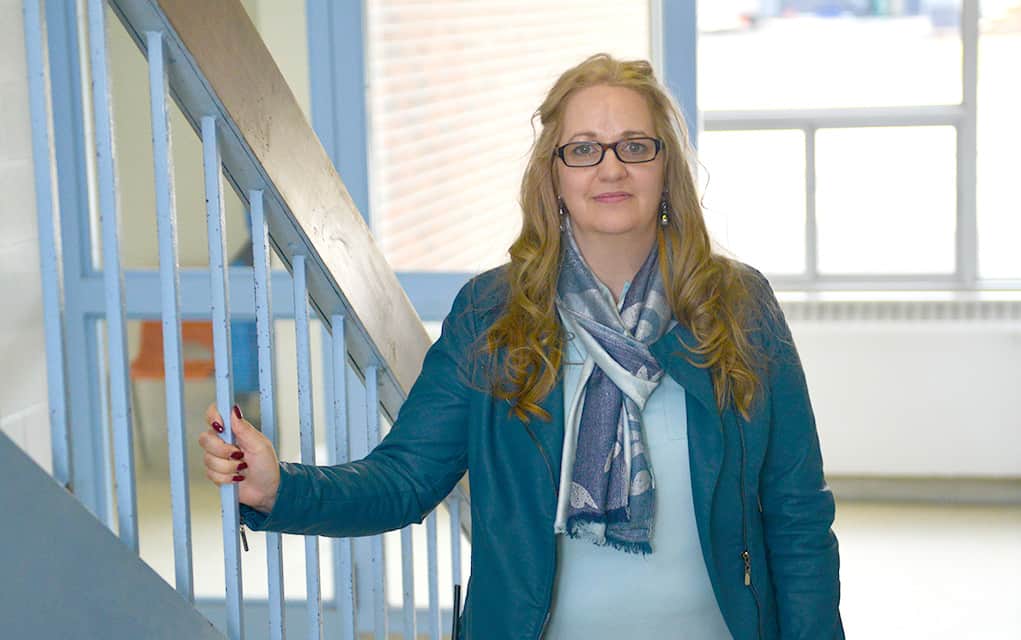Preferring to replace its aging school in St. Clements, the Catholic board will instead renovate the building this summer. Though it has the money for a new facility, the board hasn’t got approval from the province to spend it.
Instead, some much needed upgrades will have to do.
The Waterloo Catholic District School Board has $7 million to replace St. Clement Catholic Elementary School, but has yet to receive clearance from the Ford government that’s been in place since last summer.
“We haven’t got permission to use the money that we actually have,” said John Shewchuk, WCDSB chief managing officer. “We’re not even asking the government ‘can you please give us millions and millions of dollars to do that?’ We have it at our disposal right now – it’s earmarked for this.”
The two-storey school was constructed in 1958, then an addition was added in 1970. Today, 209 students attend St. Clement.
While it has been maintained, the newest part of the building was constructed almost 50 years ago, he notes.
There are substantial struggles that the school faces, including uneven heating, excess staircases throughout the structure making it inaccessible to wheelchairs and a barrier to students with mobility or medical needs. The classrooms are connected and have temporary, paper-thin walls.
“If I’m in the back classroom, I have to walk through one other classroom to get a drink, to go to the library, to go to the gym, so that constant disruption is a big issue,” said Andrea Dafoe, principal of St. Clement. “So the renovation will get a walkway between the two.”
While it has been maintained, the newest part of the building was constructed almost 50 years ago, he notes.
Efforts to replace the school have been ongoing for years. The previous Liberal government rejected a request for funding back in 2017. Following that, the board banked $7 million to replace the school by selling other properties, but can’t use the money.
Deciding improvements need to be made sooner rather than later, the board is carrying on with efforts to renovate, allocating $2 million for the work.
“One of the other things with the renovations they’re going to look at is an HVAC system because currently, the temperatures within the school vary quite drastically between classrooms,” said Dafoe.
“There are stairs all over the place in the whole thing – it’s not compliant with accessibility legislation,” added Shewchuk. “So you’ve got to put in an elevator in to make sure people can get around the building.”
Along with the heating system and elevator, the improvements will include new ceiling tiles, repainted walls, installation of more permanent to replace the paper-thin walls, potentially new offices, and refinishing of floors.
“Another key thing to remember is that it’s aging, but it’s not falling apart,” said Shewchuk. “The walls aren’t crumbling down; the roof isn’t blowing off in a storm or anything like that. The bones are okay.”
The renovations don’t truly get to the root of the problem, however, staff maintained.
“Even after doing the renovations things like the playground need to be addressed,” said Dafoe. “We still have a playground that’s a quite an odd setup in the fact that they’re walking through a parking lot to physically get to a playground that has septic issues.
“If you looked outside on [Tuesday], you would see that the students are all on the blacktop because it becomes almost a lake. It’s quite expansive, the amount of water that accumulates in the septic area. It’s quite a large area, and it virtually becomes unusable.”
“Another key thing to remember is that it’s aging, but it’s not falling apart,” said Shewchuk. “The walls aren’t crumbling down; the roof isn’t blowing off in a storm or anything like that. The bones are okay. It’s more the core issues and the functionality inside the school.
“All things considered, we’re grateful that we have the money to be able to do it. It would ideal if the whole school could be redone to make it a fully functioning school, but that’s not the way it appears that it will happen.”








